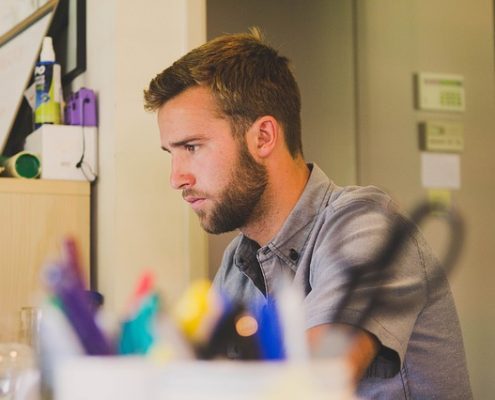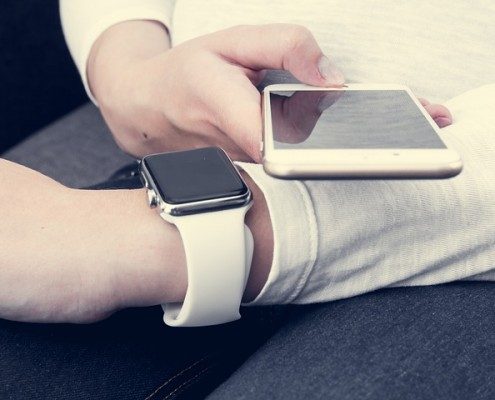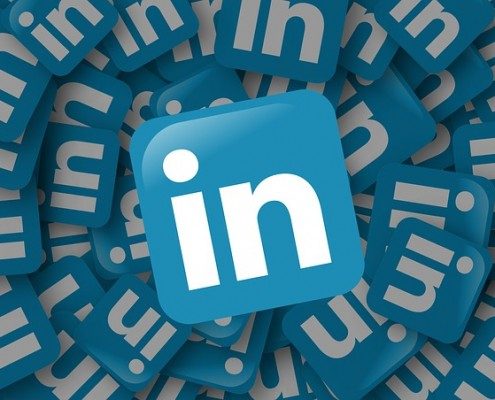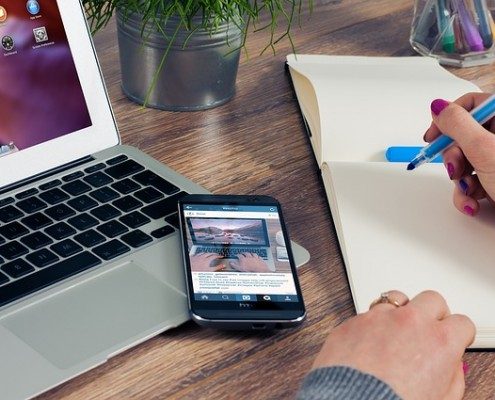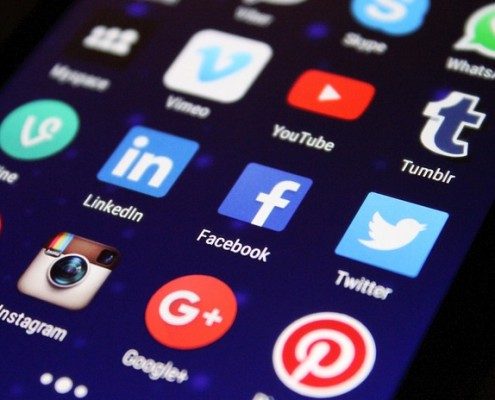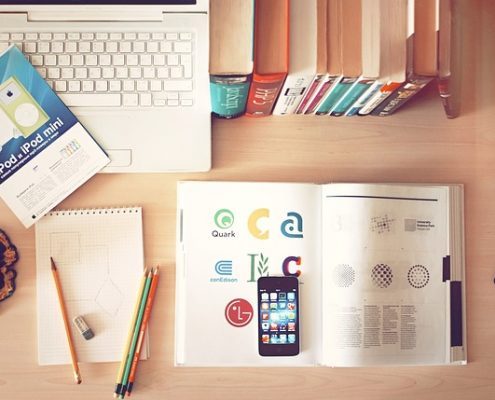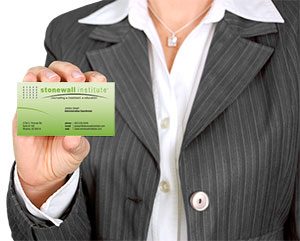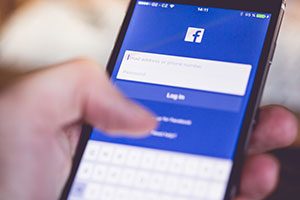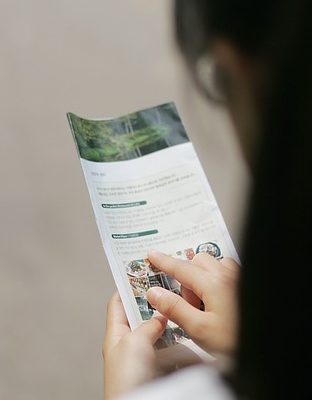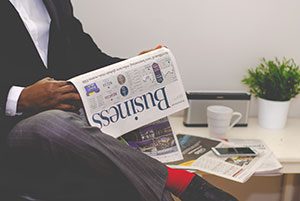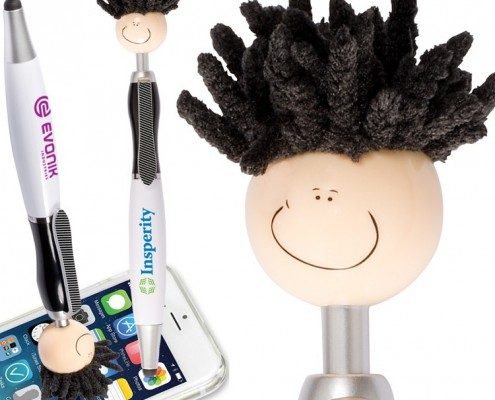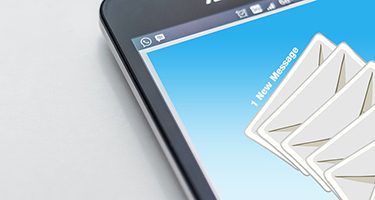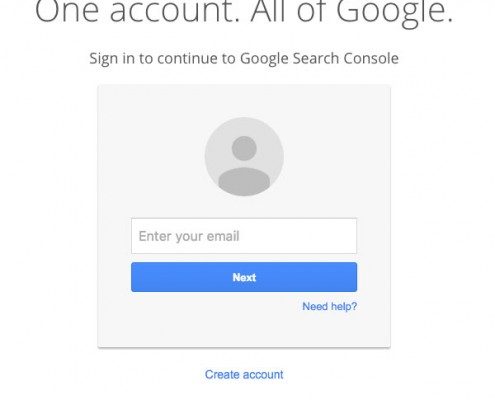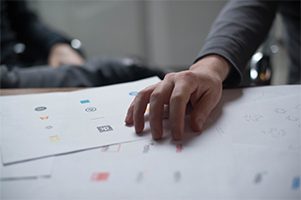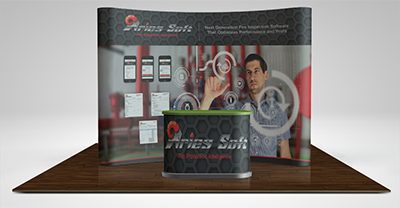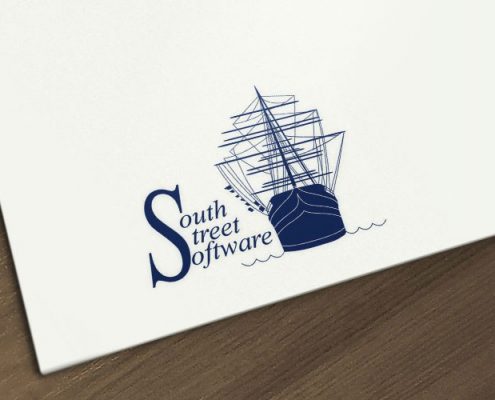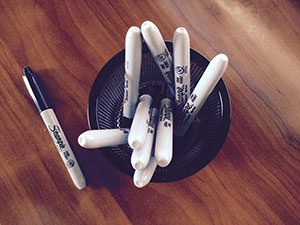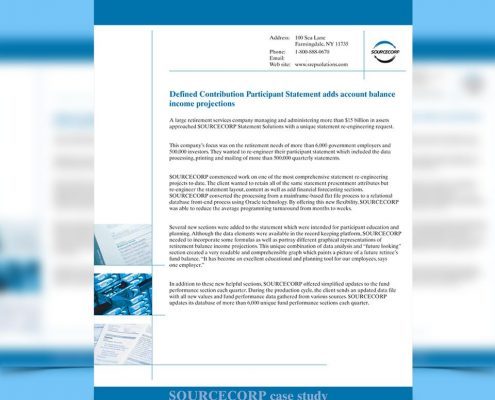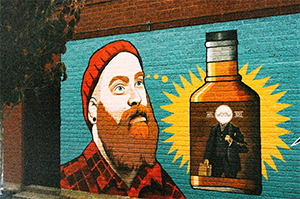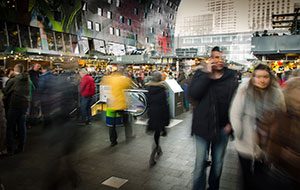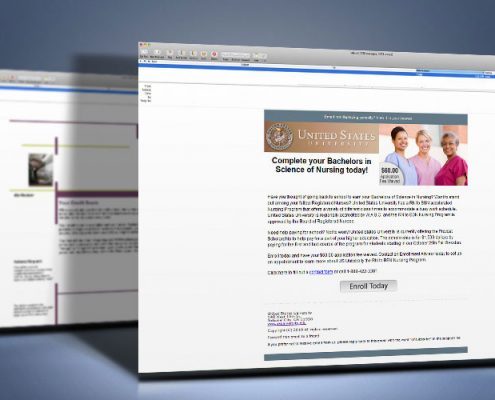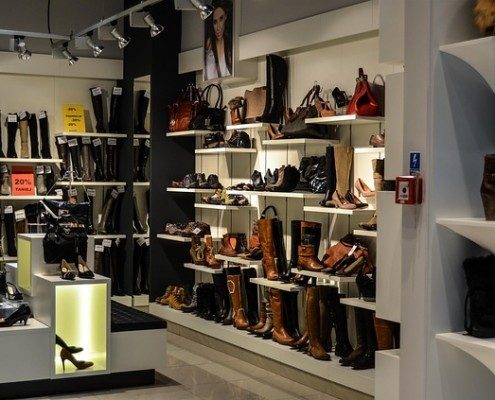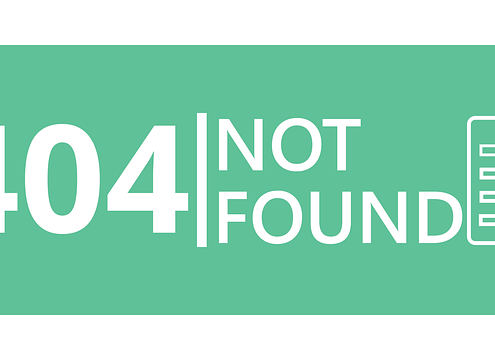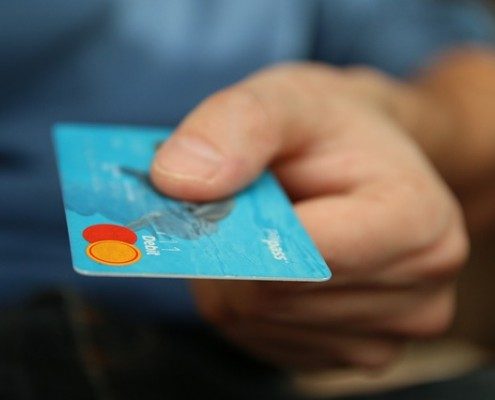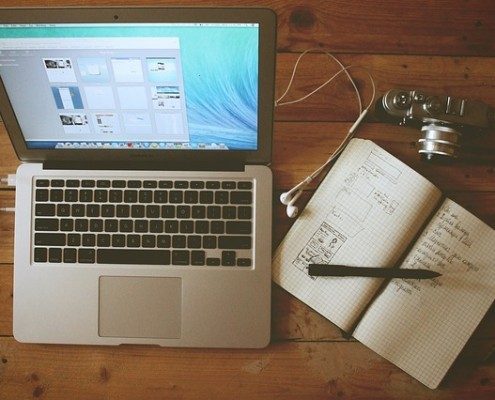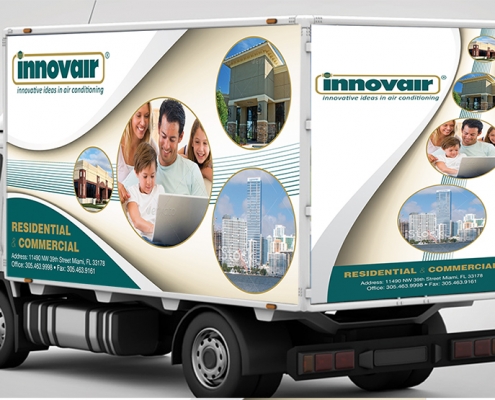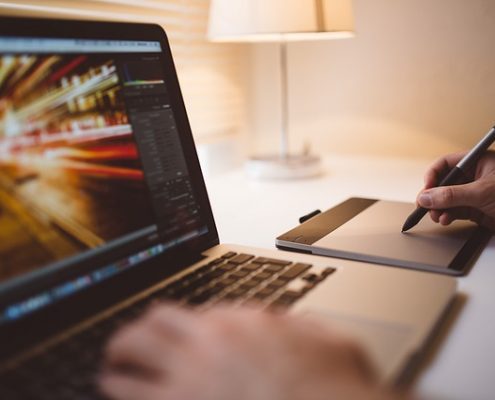In today’s visually-driven world, having captivating graphic design is essential for any business looking to make a lasting impression.
Hiring a professional graphic designer can elevate your brand and set you apart.
From creating memorable logos to eye-catching marketing materials, a skilled graphic designer can bring your vision to life.
This blog post serves as a comprehensive guide to help you navigate hiring a professional graphic designer for your business, ensuring that you find the perfect creative partner to help your brand shine.
A Guide to Hiring a Professional Graphic Designer for Your Business
Hiring a graphic designer to help with your business branding can be a game-changer.
A professional graphic designer can help you create a strong brand image, connect with your target audience, and elevate your business to the next level.
However, with so many designers available in the market, it can be challenging to choose the perfect one for your needs.
The quality of your branding depends on the expertise and experience of the designer you choose.
In this post, we’re going to guide you on how to choose the perfect graphic designer for your business, from assessing their portfolio and experience to understanding their communication style and pricing, we’ll cover everything you need to know to make a well-informed decision and help you create a cohesive and effective brand image for your business.
1. Understanding the role of a graphic designer in business
A graphic designer plays a crucial role in shaping the visual identity of a business.
Beyond just creating aesthetically pleasing designs, they are responsible for communicating the brand’s message, values, and offerings to the target audience effectively.
From designing logos and branding materials to developing marketing collateral and digital assets, a skilled graphic designer can elevate the overall perception of a business and help it stand out in a crowded marketplace.
Moreover, graphic designers are not just artists; they are strategic thinkers who understand the principles of design, color theory, typography, and layout. They work closely with clients to translate their ideas and concepts into visually compelling designs that resonate with the intended audience.
A talented graphic designer can bring creativity, innovation, and expertise to the table, transforming abstract concepts into tangible visual representations that captivate and engage viewers.
In today’s digital age, where visual content reigns supreme, the role of a graphic designer has become more critical than ever.
Businesses that invest in hiring a skilled graphic designer reap the benefits of professional and polished visual assets that leave a lasting impression on customers.
By understanding the multifaceted role of a graphic designer in business, you can make informed decisions when seeking to hire one for your company’s design needs.
2. Assessing your business needs and goals
Assessing your business needs and goals is a crucial first step when hiring a graphic designer.
Before beginning your search, take the time to define what exactly you are looking for in terms of design services.
Consider the specific areas where you require graphic design support, whether it’s creating a new logo, designing marketing materials, developing a website layout, or crafting social media graphics.
Furthermore, it’s essential to align these needs with your business goals.
Are you looking to refresh your brand image to attract a new target audience?
Do you need consistent visual elements to maintain brand identity across all platforms?
Understanding your overarching business objectives will help you communicate effectively with potential graphic designers and ensure that their work aligns with your strategic vision.
By conducting a thorough assessment of your business needs and goals, you will be better equipped to find a graphic designer who not only possesses the technical skills required but also understands the unique demands of your business and can contribute to its growth and success.
3. Researching and identifying potential graphic designers
When it comes to hiring a graphic designer for your business, conducting thorough research and identifying potential candidates is crucial.
Start by browsing through online portfolios, design platforms, and social media channels to get a sense of various designers’ styles and capabilities.
Look for designers who have experience working in your industry or with similar businesses to ensure they understand your brand’s aesthetic and target audience.
Additionally, don’t hesitate to ask for recommendations from colleagues, friends, or other business owners who have worked with graphic designers in the past.
Personal referrals can often lead you to talented designers who may not be as easily found through online searches.
During the research phase, pay attention to the designer’s communication skills, professionalism, and responsiveness.
Effective communication is key to a successful working relationship, so look for designers who are proactive in their communication and receptive to feedback.
Ultimately, the goal of this research phase is to create a shortlist of potential graphic designers who align with your business’s needs and vision.
By investing time in this stage of the hiring process, you can set the foundation for a productive and successful collaboration with a designer who can bring your brand to life visually.
4. Reviewing portfolios and previous work samples
Reviewing portfolios and previous work samples is a crucial step when hiring a graphic designer for your business.
A designer’s portfolio serves as a visual representation of their skills, creativity, and style.
By examining their past work, you can get a sense of the quality of their designs, their attention to detail, and their ability to effectively communicate a brand’s message.
When reviewing a designer’s portfolio, pay attention to the diversity of their projects.
Look for examples that showcase a range of styles, aesthetics, and industries.
This will give you insight into their versatility and ability to adapt to different design needs.
Additionally, assess the consistency and quality of their work across various projects to ensure that they maintain a high standard of design excellence.
Analyzing previous work samples also allows you to evaluate the designer’s problem-solving skills and creative approach.
Consider how well their designs align with your brand identity and target audience.
Look for innovative solutions, originality, and a strong understanding of design principles.
Ultimately, reviewing portfolios and previous work samples is a fundamental aspect of the hiring process that can help you find a graphic designer who not only meets your business needs but also brings a fresh perspective and creative flair to your projects.
5. Conducting interviews and asking the right questions
When it comes to hiring a graphic designer for your business, conducting interviews is a crucial step in finding the perfect match for your creative needs.
This is your opportunity to delve deeper into the candidate’s skill set, experience, and creative process to ensure they align with your vision and goals.
Prepare a list of insightful questions that will not only showcase the designer’s technical abilities but also their approach to problem-solving and collaboration.
Ask about their design process, preferred software tools, experience working with different industries, and how they handle feedback and revisions.
It’s also important to inquire about their portfolio and specific projects they have worked on that demonstrate their versatility and creativity.
By asking the right questions during the interview process, you can gain a better understanding of the designer’s capabilities and determine if they are the right fit for your business.
6. Negotiating terms, pricing, and timelines
Negotiating terms, pricing, and timelines with a graphic designer is a crucial step in hiring the right professional for your business needs.
Clear communication and transparency are key in ensuring a successful collaboration.
When discussing terms, make sure to outline the scope of work, project requirements, and any specific details that are important to you.
This will help both parties understand the expectations and deliverables.
When it comes to pricing, it’s important to consider the value of the services provided by the graphic designer.
Be open to discussing the designer’s rates and how they align with your budget.
Keep in mind that quality work often comes at a higher price, so be prepared to invest in a designer who can deliver the results you desire.
Timelines are also a critical aspect of the negotiation process.
Clearly define the project timeline, including milestones and deadlines, to ensure that both you and the designer are on the same page regarding the project’s progress.
Flexibility is key here, as unforeseen circumstances may arise during the design process.
Overall, negotiating terms, pricing, and timelines with a graphic designer should be a collaborative effort aimed at achieving a mutually beneficial agreement that sets the foundation for a successful working relationship.
7. Establishing clear communication channels
Establishing clear communication channels is crucial when hiring a graphic designer for your business.
Effective communication is the key to ensuring that your vision and requirements are accurately understood and translated into the design work.
To begin with, clearly outline your project brief, including details such as the purpose of the design, target audience, desired aesthetics, and any specific elements that must be included.
Providing examples of designs you like or dislike can also help the designer understand your preferences. Once the project is underway, maintain open lines of communication with the designer.
Regular check-ins to discuss progress, provide feedback, and address any concerns can help ensure that the design is on track and meets your expectations.
Additionally, be open to receiving input and suggestions from the designer.
They are experts in their field and may offer insights or ideas that could enhance the final product.
Collaborating and brainstorming together can lead to innovative and creative design solutions.
By establishing clear communication channels and fostering a collaborative relationship with your graphic designer, you can help ensure a successful and satisfying outcome for your business.
8. Providing feedback and collaborating effectively
Effective collaboration and providing constructive feedback are key components of a successful partnership with a graphic designer.
Clear communication is crucial in ensuring that the final design meets your expectations and aligns with your brand vision.
When providing feedback, it’s important to be specific and articulate your thoughts clearly.
Instead of simply saying, “I don’t like this,” try to pinpoint what aspects of the design are not resonating with you.
Providing examples or references can also help convey your preferences more effectively.
Moreover, don’t shy away from offering positive feedback as well. Acknowledging what you like about a design can guide the designer in the right direction and boost their confidence in their work.
Collaboration is a two-way street, so be open to suggestions and ideas from the designer.
They are experts in their field and may offer valuable insights that you hadn’t considered.
A collaborative approach fosters creativity and innovation, leading to a final product that exceeds your expectations.
By fostering a relationship built on effective communication, mutual respect, and a shared goal of creating impactful designs, you can ensure a fruitful and productive partnership with your graphic designer.
9. Ensuring the final deliverables meet your expectations
When hiring a graphic designer for your business, ensuring that the final deliverables meet your expectations is crucial.
Before starting the project, clearly communicate your vision, goals, and requirements to the designer.
Provide them with detailed briefs, examples of styles you like, and any brand guidelines they need to follow. Throughout the design process, maintain open communication with the designer.
Request regular updates and ask for drafts or prototypes to review.
This allows you to provide feedback and make any necessary revisions early on, preventing misunderstandings and ensuring that the final deliverables align with your vision.
It’s also important to set clear deadlines and milestones for the project.
Discuss timelines with the designer and make sure they can deliver the final work within your required timeframe.
This will help you stay on track and avoid any delays in receiving the completed design work.
Lastly, don’t hesitate to voice any concerns or ask for revisions if the final deliverables don’t meet your expectations.
A good graphic designer will be receptive to feedback and willing to make adjustments to ensure that you are satisfied with the end result.
By following these steps, you can ensure that the final deliverables from your graphic designer meet and even exceed your expectations.
10. Maintaining a positive and long-term relationship with your graphic designer
Maintaining a positive and long-term relationship with your graphic designer is crucial for the success of your business.
Communication is key in any relationship, and this holds true for your professional partnership with a graphic designer.
Be clear and concise in your briefs, provide constructive feedback, and be open to their creative input.
A collaborative approach will not only result in better design outcomes but also foster a strong working relationship. Respect your graphic designer’s expertise and creative process.
Trust that they have the skills and knowledge to bring your vision to life.
Remember that they are professionals who are dedicated to helping your business succeed through effective visual communication.
Acknowledge their efforts and show appreciation for their hard work.
Set clear expectations from the beginning in terms of project timelines, revisions, and payment terms.
Be prompt in providing feedback and approvals to keep the project on track.
Respect their time and effort by honoring deadlines and agreements. Invest in your relationship with your graphic designer by offering opportunities for professional growth and development.
Encourage them to explore new techniques and styles that could benefit your business.
Consider a long-term partnership where they become familiar with your brand identity and can provide consistent design solutions across various projects.
By nurturing a positive and collaborative relationship with your graphic designer, you can create a strong foundation for creative success and achieve impactful visual branding for your business.
We trust that our guide on choosing the perfect graphic designer has been insightful and valuable to you.
Hiring a graphic designer is a crucial decision for your business, as their work will represent your brand visually.
By following the steps outlined in this post, you can ensure that you find a designer who aligns with your vision and goals.
Remember, investing in a skilled graphic designer can elevate your brand and set you apart from the competition.
Best of luck in finding the perfect professional graphic designer for your business.
What to do next…
- Leave a comment
- Share this awesome post and make us extremely happy
- Get in touch with us about our services
Thank you for reading our post!

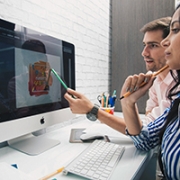


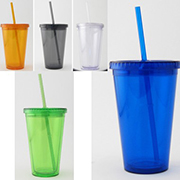

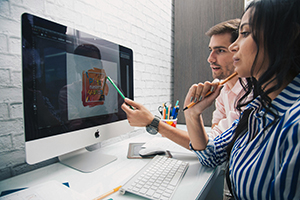
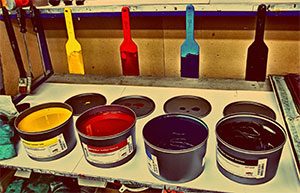

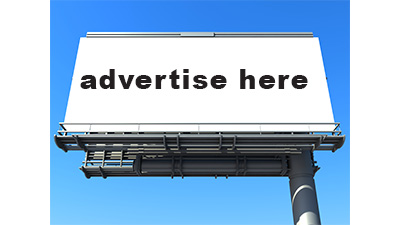
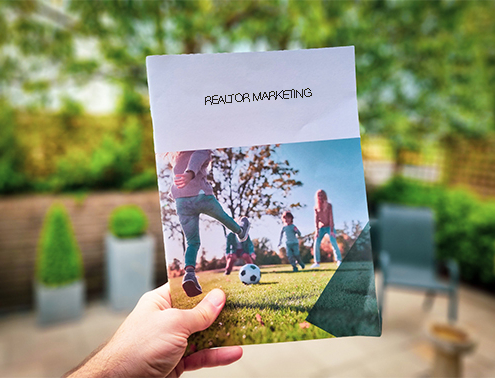
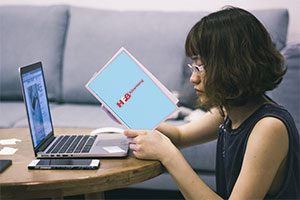

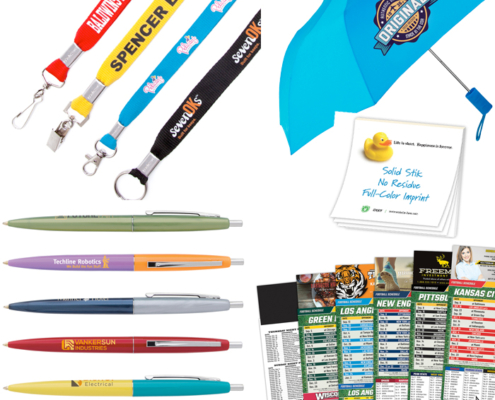

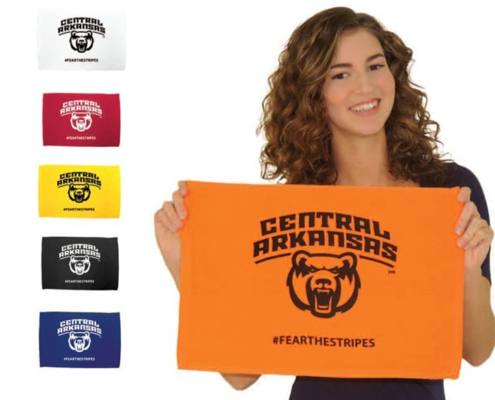


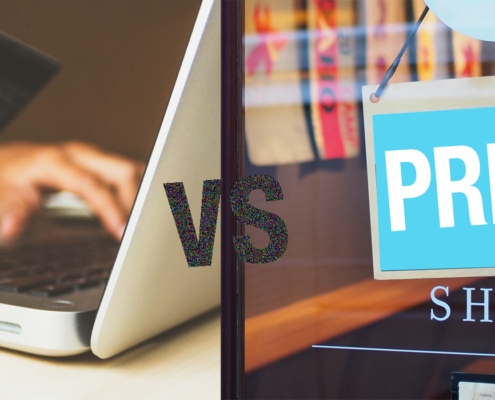

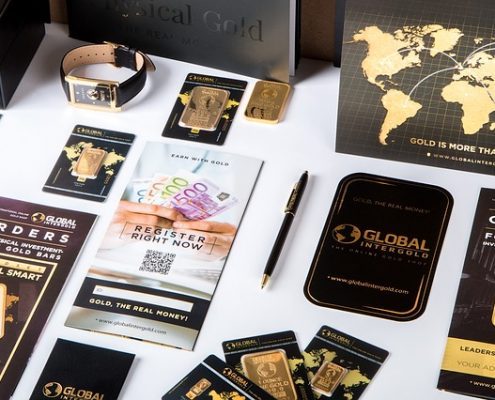


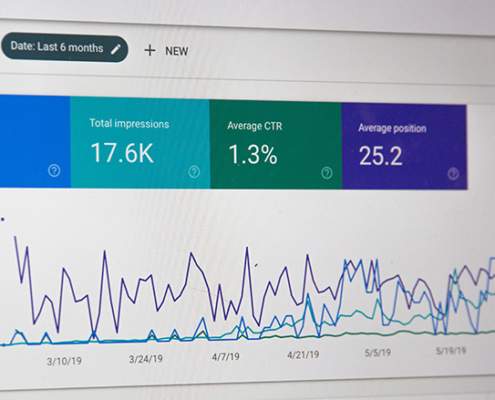





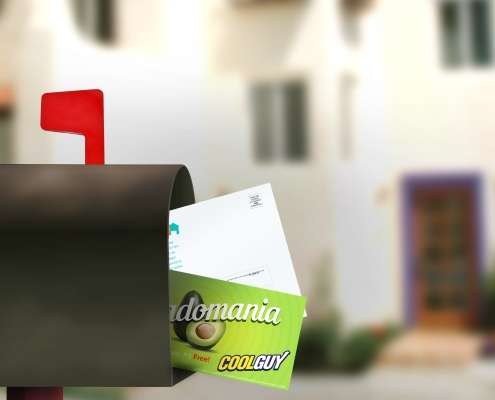




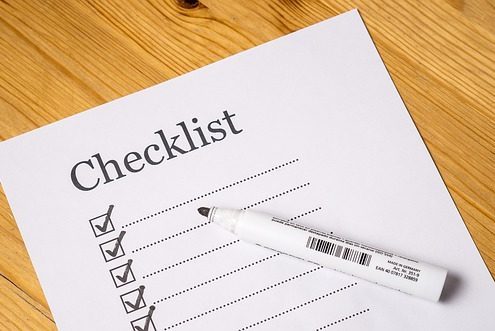




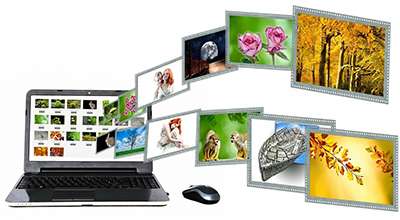


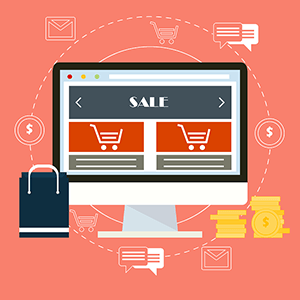

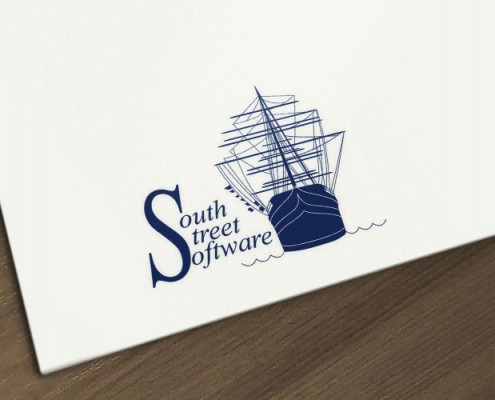
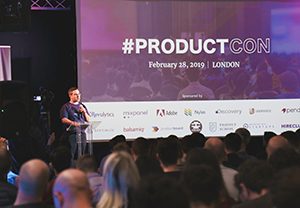








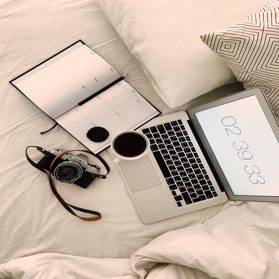
 HFB Advertising
HFB Advertising